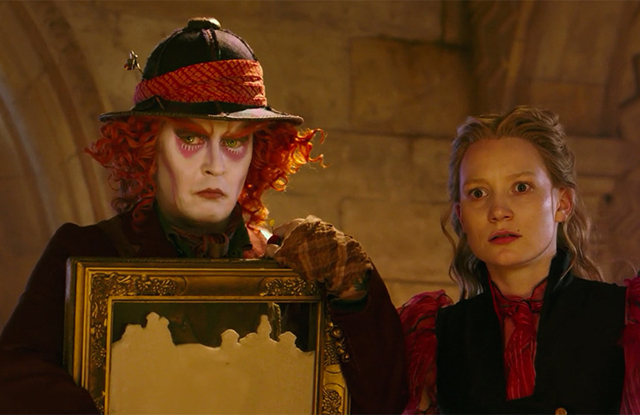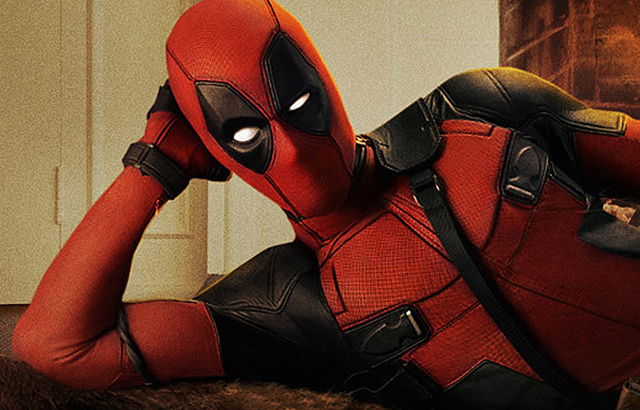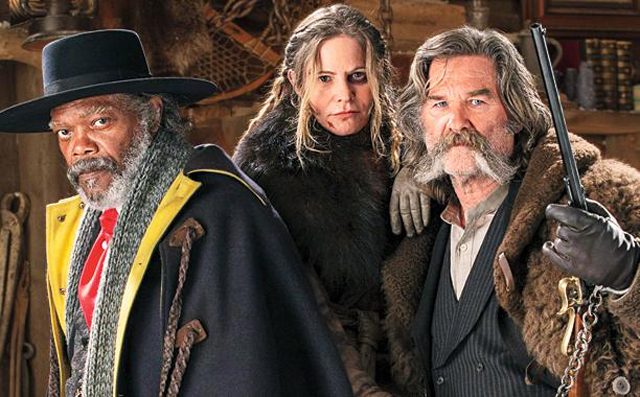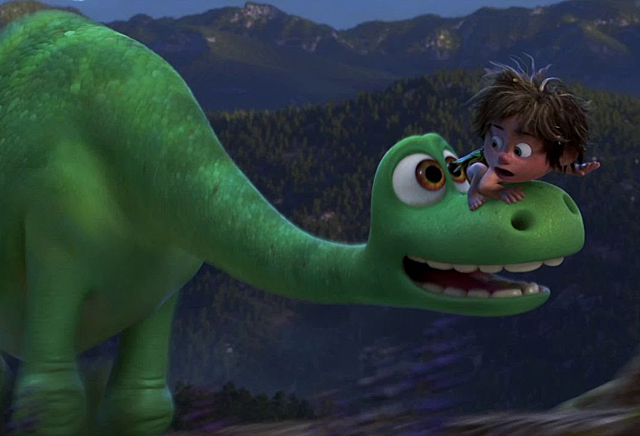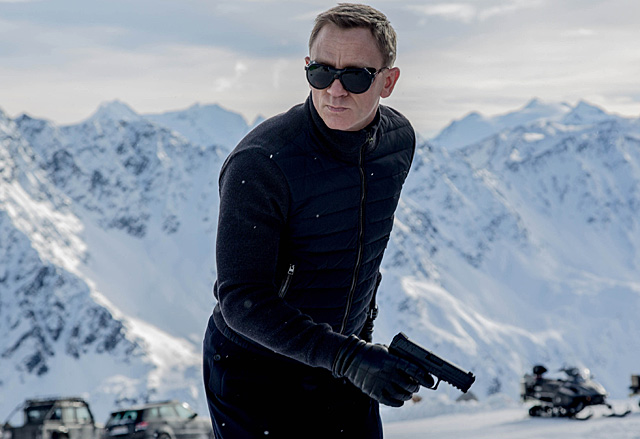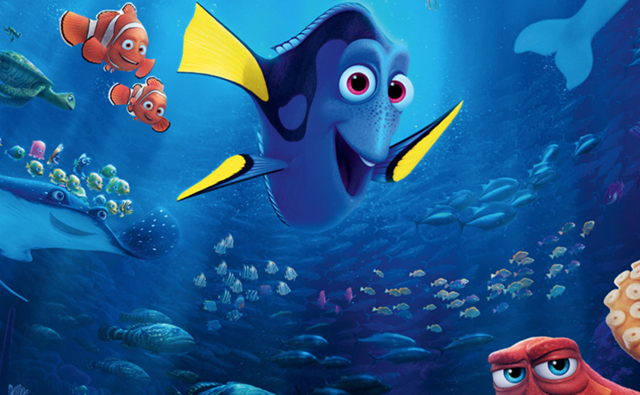
One thing that you’ll learn about the making of an animated film is that it takes a very long time. On average, an animated film takes about 4-5 years to make, depending on the time put into development. It’s not a medium where you can merely just grab a camera and start shooting. Everything, and I do mean everything, you see in an animated film is built from scratch, all to create the illusion of life. It’s painstaking whether you’re working with drawings on paper or pixels in a computer, or even with puppetry. That’s why you rarely see sequels that are actually as good or better than the original in the genre. Animated sequels are common, but too often you’ll see studios rush too fast capitalize on an animated hit, and the end result will not be worth it. That long development cycle is necessary, because it allows the filmmakers to discover whether or not there is more story to tell and if there is more creative ideas left to explore. But, sadly in the animation market, too many animators get anxious and just fall back onto formula and create sub-par efforts that pale in comparison to their predecessor. We’ve seen this happen with Dreamworks Animation and their sequels to Shrek and Madagascar, as well as with the mundane Ice Age series. Disney even managed to disgrace it’s legacy with an era of terrible Direct to Video sequels to their classic library. Pixar on the other hand takes their time between movies (sometimes over a decade) and the results have worked out very well for them.
You would think that with the remarkable success that Pixar has experienced over the years that they would’ve produced more sequels over the years. Sure, they have done a few, but Pixar’s history is one of incredible self-restraint. They don’t just rush a sequel out into the market just because audiences demand it. They assess whether or not a sequel is warranted and then they devote many years to getting the film done just right. They have only once failed to live up to this, and that was the rushed-into-production Cars 2 (2011). The movie became Pixar’s first ever critical failure and it’s a lesson that I’m sure that they’ve taken note of. A lot of people were also not happy with the Monsters Inc. (2001) prequel Monsters University (2013), though I actually didn’t mind that one so much. It was a little superfluous (like most bad animated sequels), but the clever visuals and strong characterizations helped to lift it up. And, for a sequel made 12 years after the original, I felt that it was a more than welcome return for the characters. And that’s something that Pixar has become especially great at; making such a long wait worth it. There was an 11 year gap between Toy Story 2 (1999) and 3 (2010), and yet the series built onto itself like no time had passed at all. Now, Pixar is releasing another sequel after the longest time gap in their history; 13 years. It is the sequel to one of the studios biggest hits, the underwater adventure Finding Nemo (2003), only this time, the focus is on the original film’s lovable sidekick Dory (voiced by Ellen DeGeneres), appropriately titling it Finding Dory (2016). The question now is whether or not the 13 years was worth the wait. Did Pixar manage to live up to the legacy of the original movie, or did Finding Dory just wash away with the tide like it was nothing worthwhile?
The film brings us full circle with Dory as a character. We see her in childhood with her Mom (voiced by Diane Keaton) and Dad (Eugene Levy), who both adore her as their sweet, innocent child but also fear for her, due to Dory’s debilitating short term memory. After some time, we see that Dory has lost her family, due to a reason that she can’t even remember and she spends her entire adolescence searching for the answer. We cut to years later and Dory has found a new home living with Marlin (Albert Brooks) and Nemo (Hayden Rolance). Despite living a happy life with the clownfish duo, Dory soon has flashbacks to memories of her lost parents, with a clue as to where they may be. She resolves to go look for them, even though they may be on the other end of the ocean. Marlin and Nemo tag along and the trio eventually reach Morro Bay, California, where they find a Marine Wildlife Aquarium and Rehabilitation Center. Unfortunately, Dory is separated from her companions and brought to a quarantine room at the facility. There she meets a stealthy octopus named Hank (Ed O’Neill) who agrees to help her only if she gives up her classification tag to him, which will get him on a truck destined for an aquarium in Cleveland. Though they have conflicting interests, the two work together and eventually swim their way across the aquarium meeting other creatures, including a near-sighted whale shark named Destiny (Kaitlin Olson) and a temperamental beluga whale named Bailey (Ty Burrell). Meanwhile Marlin and Nemo try to find a way to reunite with their friend, helped out by two lazy sea lions named Fluke and Rudder (Idris Elba and Dominic West). The only question that remains is whether or not Dory is too late to reunite with her parents and whether or not her short term memory will stand in her way of solving the riddle.
The good news for fans of the original is that Finding Dory is a very worthy follow-up to the original film. One thing that this sequel benefits from is that it was crafted by the original director, Andrew Stanton. In the intervening years between movies, Stanton created another animated masterpiece with Wall-E (2008), but he also had a disastrous foray into live action film-making with John Carter (2012). Finding Dory finds Mr. Stanton in his comfort zone once again and you can tell that he put a lot of love and care into the movie. It’s still the smart, funny, and heart-touching experience that you remember it being, and the best thing is that it’s all done without retreading too much familiar ground. There are nods to the original movie, but they are used sparingly, and the movie makes a concerted effort to try new things out rather than rest on it’s laurels. So, does all this make it as good as the original, if not better? Unfortunately, I can’t say that it is. It’s a very solid film to be sure, but there are some nagging issues that prevent it from being a near masterpiece like Finding Nemo and many other of Pixar’s best. The first issue is the fact that the novelty has worn off from the original. Finding Nemo was a hit because it triumphed as a great story and a groundbreaking visual wonder, creating an unforgettable world to explore that we’ve never seen. Finding Dory doesn’t really add much to the world it’s created, unlike say how Toy Story managed to find new avenues to explore within it’s environment; taking the toy heroes out into the open world. Visually, it’s a continuation and not a reinvention, which is nice, but it doesn’t push the envelope in the same visceral way. The other problem with the movie, sadly, is the inclusion of Marlin and Nemo in the story. I still love these characters, but their arcs completed in the last movie. They have nothing to do here but to just tag along and offer support. I understand why they’re still here (why wouldn’t they be) but their moments in the film count among it’s weakest points.
Thankfully, there’s still much to praise about the movie beyond it’s shortcomings, and chief among them is the expanded role of Dory. This isn’t the first time that Pixar has elevated a supporting character from the original film into the central role, and the last time they did, it proved disastrous (making the obnoxious Mater the Tow Truck the central character of Cars 2). This time it works because the movie thankfully devotes enough time to establishing the stakes in Dory’s quest for answers. The film also does the very honorable step of taking her disability seriously this time around. Dory’s short-term memory was portrayed mostly for laughs in the original movie, but not in a mean spirited way. Here, it’s given more weight and we see the awful effects it can actually have at times. It’s a very mature examination into how people live with disabilities in their life and the way that things we take for granted become more of a challenge for them. Sure, the movie still plays up Dory’s forgetfulness for a few laughs, but I did admire the fact that it took the time to address the seriousness of it as well. Ellen DeGeneres also delivers some of her best work ever here. The character of Dory has been dear and close to her heart over the years and she campaigned a long time for this sequel to happen. You can tell that she adored returning to play this character and the movie once again plays to her strengths as both a comedian and an actress. I especially love the way that the optimism of the character defines ever move she makes, whether she’s in peril or not, and it’s that indomitable spirit that helps to make her expanded role all the more sensible. She earns the spotlight and it helps to make this a worthier sequel.
Much of the other positives found in the film belong to the exceptional new cast of characters. If there’s anything that defines the difference between good and bad sequels, it’s the strength of newly introduced characters into the story, and thankfully, each one is a worthwhile addition here. Thankfully, the movie actually uses very few of the original film’s cast of characters, choosing instead to focus on Dory, Marlin and Nemo. The rest of the movie gives us a good amount of time to establish the new cast, and they are just as funny and interesting as anyone we’ve seen before. The best of the new characters would be Hank, the seven-armed octopus, whose character arc is the strongest of all the characters in the movie. We see him first as a self-interested curmudgeon (something actor Ed O’Neill has plenty of experience playing) and through his interaction with the eternally optimistic Dory, he opens up more and more, becoming perhaps the movie’s most complex character. It’s Always Sunny in Philadelphia alum Kaitlin Olson also makes a great addition to the cast as the clumsy but lovable Destiny, as does Modern Family’s Ty Burrell as the irritated Bailey. Albert Brooks also makes a welcome return as the voice of Marlin, maintaining the dry witty humor of the character from the first movie, despite losing the central focus on his story. The movie also makes non-verbal characters just as memorable, including a bizarre helper bird named Becky, who’s one of the film’s funniest additions. Also, Sigourney Weaver has a great cameo as herself in one of the film’s best running gags. Overall, this well rounded cast helps to make this a very enjoyable experience.
It should also be noted that this movie is absolutely beautiful to look at. Of course, that is to be expected at this point from Pixar. But, keep in mind, Finding Dory has to live up to the groundbreaking visuals of it’s predecessor, and it does so here in a magnificent way. The first part of the film will feel very familiar to fans of the original, taking viewers back to the coral reef home base of Marlin, Dory and Nemo. But, even here the filmmakers include sights we haven’t seen in this world before, including a really spectacular sequence depicting a manta ray migration. The Aquarium scenes are also beautifully represented, with all the translucent lighting and deep color spectrum that you would usually find in a place like that. The animation is also beautifully handled with all the characters. Of course Dory, Marlin and Nemo still act the way you’d expect them to, but you can definitely see that Pixar is benefiting from updated digital models that are far more expressive than the ones used in Finding Nemo, showing just how much the art-form has advanced in the last 13 years. The animation of Hank the octopus in particular is especially astounding. He has the ability to camouflage himself to appear like any texture and this plays out in the movie in a lot of creative and hilarious ways. I was especially amazed to see the variety of things that Hank could turn himself into and each reveal is wonderfully realized. Also, because you can’t see Hank’s mouth for much of the movie, a lot of acting had to be done through the character’s eyes, and the animation team did a spectacular job of capturing a wide range of emotions through the character in this manner. It may be an entirely different generation removed from it’s predecessor given the technology of today, but this film compliments the original perfectly and they both work together as a unified whole in terms of visuals.
So, despite some minor story issues, Finding Dory is a very welcome follow-up to a beloved classic. It may not reach the same dramatic heights, but it doesn’t let the viewer down either. I did love the fact that they gave a lot more weight to the character of Dory, making her much more than just a comic relief sidekick. The movie also manages to maintain the same sense of fun from the original; never going too heavy into the dramatic parts while at the same time keeping the humor on point and not too distracting. Pixar has always managed to find that right balance between pathos and comedy, and Finding Dory continues to show their command over these two sides. There will indeed be moments that will pull at your heartstrings (have those Kleenexes ready) which by now is a Pixar trademark. The laugh out loud moments are there too, and you won’t be disappointed by them either. So, it may not have the sublimeness of Pixar at it’s absolute finest, but there’s still plenty of solid moments to like here overall. As far as sequels to Pixar films go, this one is still a notch below the Toy Story ones, but better than Monsters University; and also infinitely better than the off-road wreckage that is Cars 2. Even if the movie is a B+ effort from Pixar, it still makes it way better than 90% of the other animated movies released this year (Zootopia being the year’s only other great animated film). Pixar’s track record remains strong with this sequel, and it shows that little is lost even after 13 years of waiting. Here’s hoping this proves the be the truth when Finding Dory’s staggeringly long wait record is broken by the 14-15 year gap between Incredibles movies. In the meantime, there should be nothing to stop you from just keeping swimming over to the local theater to see the delightful animated sequel.
Rating: 8.5/10
